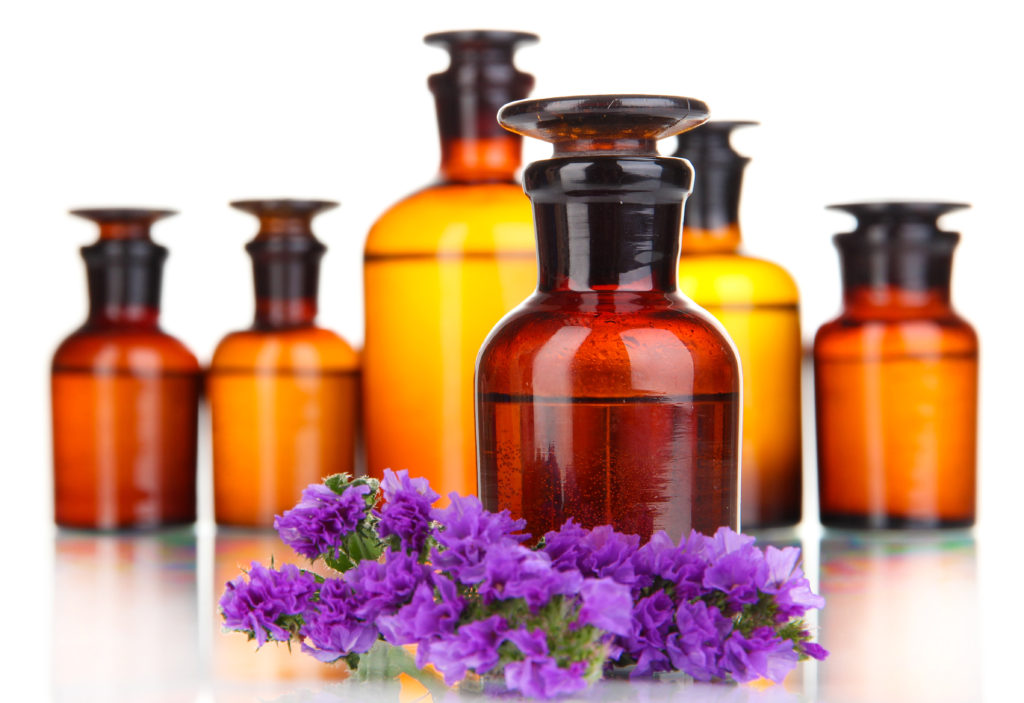Instructions for Turning Pills into Liquid Remedies
 Homeopathy is a system of medicine that uses energetic information rather than chemicals to heal.
Homeopathy is a system of medicine that uses energetic information rather than chemicals to heal.
Sugar pills and water (among other things) are used as carriers to transfer this energetic information into the body.
Advantages of Liquid Remedies
While sugar pills are convenient and tasty, water-based remedies have the following advantages:
- The succussion applied to a liquid remedy before each dose slightly raises its potency and enhances its effect. This leads to a faster rate of improvement in symptoms and a lower risk of an aggravation.
- With dilution, the energetic effect of the remedy is ‘softened’ for those who are hypersensitive to homeopathic remedies yet still permits adequate treatment for those of normal sensitivity.
- The ability to convert one pill into a multi-dose liquid remedy extends the life and use of homeopathic remedies.
Using a Cup to Turn Your Pill (Pellet) Into a Liquid Remedy
- Choose the remedy that most closely matches your symptoms.
- Drop one pill of the remedy into approximately a quarter cup of water (the amount does not have to be exact) and gently stir until dissolved.
- (Make sure your pill has been made from sucrose or lactose, both of which will fully dissolve. Remedies prepared as tablets often contain insoluble binding and bulking agents.)
- Before each dose, briskly agitate the liquid with a spoon for 5 seconds to ‘succuss’ the liquid.
- Dose according to the intensity of your symptoms, either as advised in How Often Should I Take a Dose of My Remedy, or by your homeopath. A dose is generally one small sip, or a teaspoon amount from the cup and the amount doesn’t have to be exact. This dose is suitable for babies to adults but the amount given can be reduced for little ones with no change in the effect of the remedy.
- Keep the remedy away from light by covering it with a saucer between doses. Your remedy will be fine to use in this manner for one or two days – plenty of time to treat an acute complaint.
Using a Bottle to Turn Your Pill (Pellet) into a Liquid Remedy
- Two-thirds fill a 20 – 30ml dropper bottle with water. (The remaining air space provides room for the remedy to be agitated during succussion.)
- Label the bottle with the remedy name, potency, and date of preparation.
- Drop one pill into the bottle and gently ‘swish’ it with the water until it is dissolved. (Make sure your pill has been made from sucrose or lactose which will fully dissolve as remedies prepared as tablets often contain insoluble binding and bulking agents.)
- Succuss the bottle five times before each dose.
- Dose according to the intensity of your symptoms, either as advised in How Often Should I Take a Dose of My Remedy or by your homeopath. One dose is 5 – 7 drops, or about a ¼ of a dropper. Again, the amount is not critical and babies or small animals can be given less.
- Note: Because the bottle does not contain a preservative, the growth of mould or bacteria may occur if the remedy is not stored in the refrigerator and replaced at monthly intervals. If you would like longer use from your liquid remedy, the alcohol in brandy will act as a preservative. Just use a 1/3 brandy to 2/3 water mix as the liquid for your dropper bottle. As long as you remember to keep your bottle capped to stop the alcohol evaporating, your liquid remedy will be safe to store at room temperature for twelve or more months.
Instructions for Those who are Hypersensitive
Always use liquid remedies or olfaction doses.
If you still overreact to liquid remedies prepared according to the above instructions, choose one or all of the following modifications:
- Increase the amount of water into which the pill is dissolved. (The remedy will still work if the amount is increased to one full cup.)
- Reduce the number of succussions applied to the liquid (one or two would be appropriate).
- Reduce the number of drops given, or the volume of liquid taken. (One drop of the remedy will still have an effect.)







